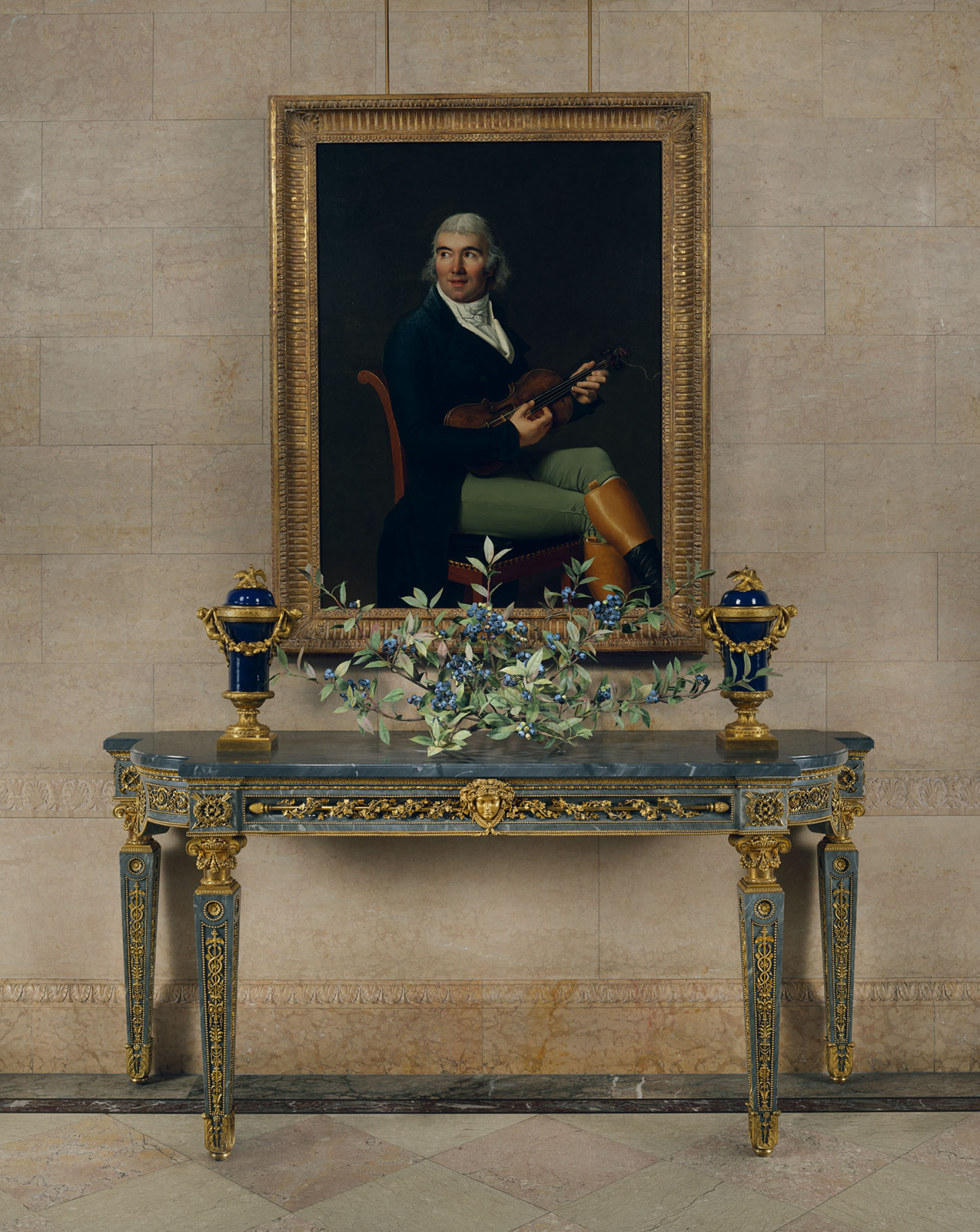
When the Frick Collection first opened to the public in 1935, the founder’s daughter, Helen Clay Frick, ensured that fresh flowers were on display in the most important galleries. There were Talisman roses in the library and lilies of the valley in the Fragonard Room. Beneath Titian’s Portrait of a Man in a Red Hat was a bowl of red anthuriums to match.
Nine decades later, the jewel box of a museum reopens April 17 after a more than five-year closure. The expansion and renovation by Selldorf Architects allows visitors to explore the museum’s second floor, where the Frick family once lived, for the first time in the beloved institution’s history. And just like for its original unveiling, there will be flowers—just not fresh ones.
Although the Frick’s chief curator Xavier F. Salomon was determined to infuse the space with florals, today’s conservation standards would never permit him to install fresh flowers next to the art. So he commissioned the Ukraine-born sculptor Vladimir Kanevsky to create custom blooms out of porcelain instead, on view through October.
Kanevsky, who recalls visiting the Frick soon after immigrating to the U.S. 36 years ago, draws on his background in both architecture and sculpture to create enchanting floral sculptures. At the Frick, some are arranged in pots on side tables; others are installed along the floor. Perhaps the most poignant moment comes on the newly accessible second floor, in Henry Clay Frick’s former bedroom, where the great collector died in 1919. There, Kanevsky has installed black poppies in his memory.
To mark the reopening, Salomon and Kanevsky reflected on the process of dressing up the museum to welcome back the public.
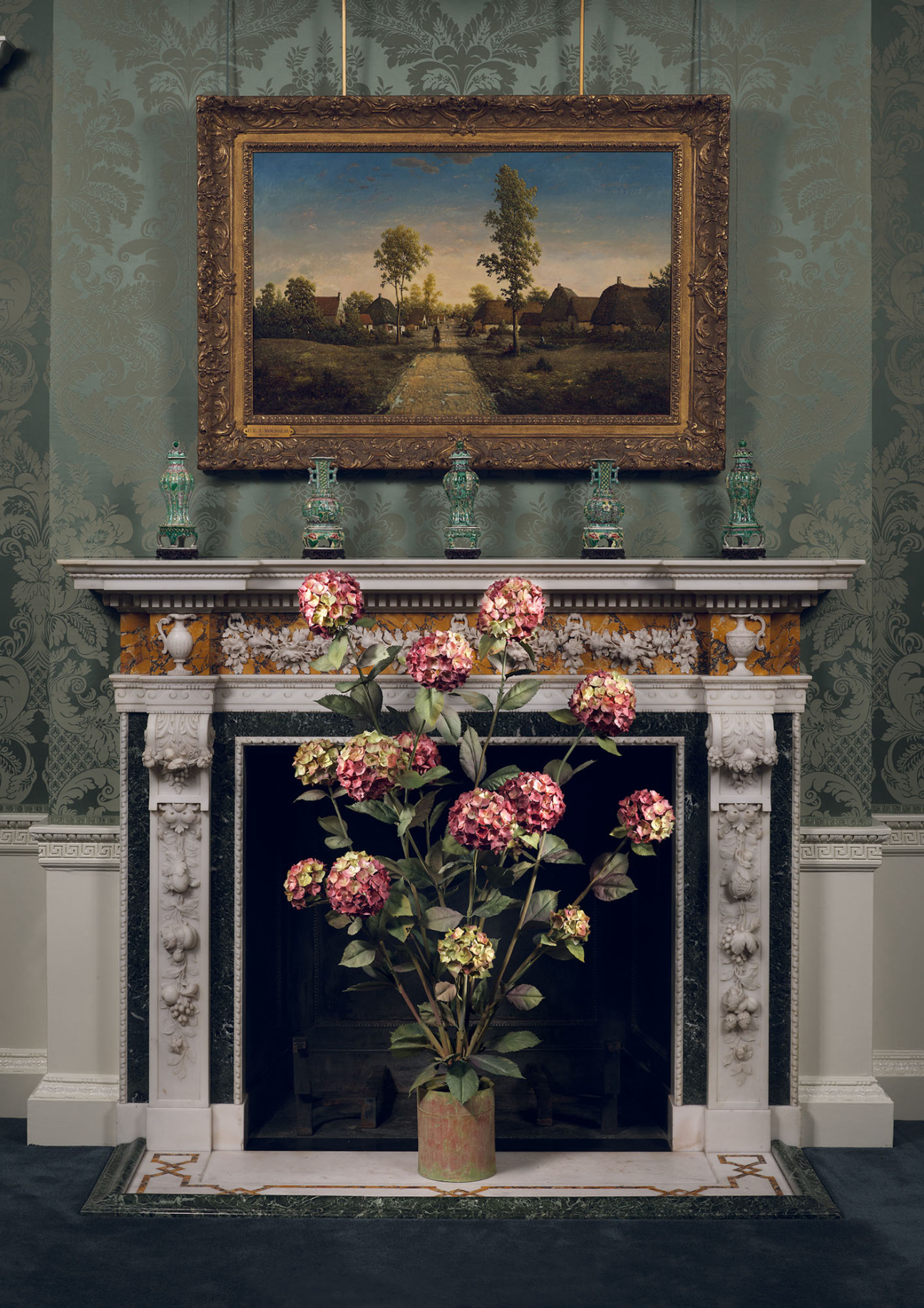
Xavier F. Salomon: Flowers celebrate key moments in people’s lives, so the idea of celebrating the opening with them came quite naturally. And because of our relationship as a museum to porcelain, we thought that Vladimir’s work would be particularly appropriate.
Vladimir Kanevsky: When we first met, I initially thought about placing a couple of small pieces somewhere in the Frick. Then Xavier said, “Why don’t we make it big?” This meant that flowers would be several times larger than what I had done before. When placed on the floor, they needed to be at least human size.
Salomon: It was difficult because at the beginning [during constuction], we had to do it through virtual tours of the collection. Then, as you kept coming into the building, more ideas came through.
Kanevsky: I remembered the Frick because I was a frequent visitor. I came to this country 36 years ago, and it was probably [during my first year here that] I visited. It was my very favorite.
Salomon: There is this idea that your flowers are particularly accurate—they mostly are, but there is also a certain level of fantasy. They’re not just slavish recreations of botanical species.
Kanevsky: I’m not trying to make them as realistic as nature. I’m interested very much in botanical details, but I don’t use them directly. It’s like a portrait.
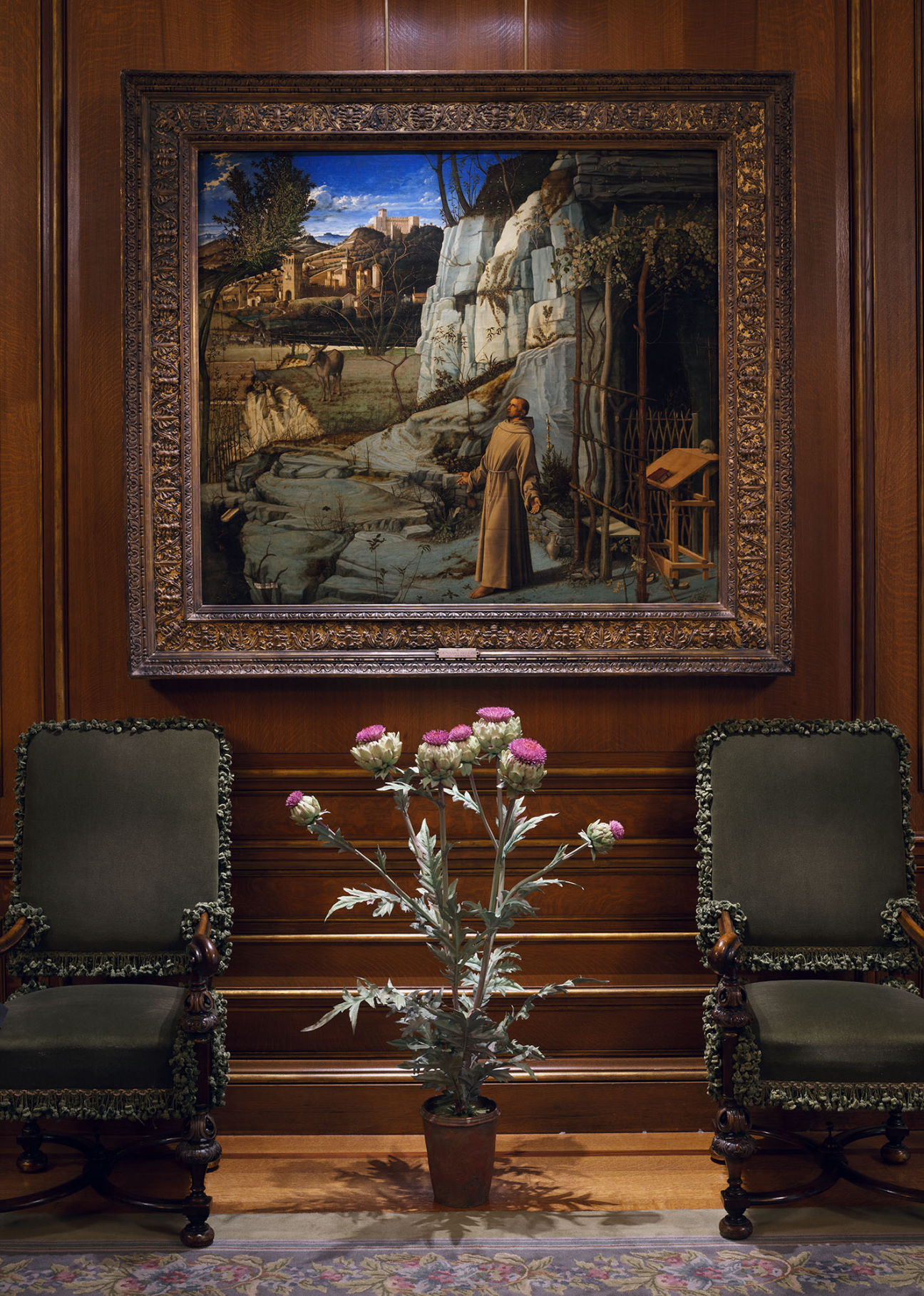
Salomon: Everything is site-specific at the Frick. Everything you created was made for a very specific room or even table. How did you go about that?
Kanevsky: It was quite a difficult task because I was thinking what the relationships would be between the decorative arts in the room and masterpieces on the walls. I needed to introduce a third kind of object. I thought, I’m closer to the interior than to the masterpieces. I wanted to show that these pieces, they’re kind of guests there. They will be removed. Another aspect was which flower stands near which painting. It was your idea to put an artichoke under St. Francis in the Desert by Giovanni Bellini. I knew that I shouldn’t directly repeat something in the painting—it’s corny. But certain feelings that artichoke gives me, I received almost the same thing from the painting. I probably could explain it, but never fully. Same with the pomegranate in the golden room.
Salomon: So much of the inspiration behind this project came from the fact that in 1935, Ms. Helen Clay Frick decided to get flowers for the opening. Now, her selection of those flowers, I always find quite funny—incredibly boring. It was just a lot of roses. She was trying to be cheap as well, so they kept talking to the florist saying, “This is too expensive.” Your project is going to look so much better than anything we had in 1935. There were no photographs of these flowers being installed, which I suspect [was because] they looked sort of mediocre. For this second reopening, we [went] for a much grander look.
Kanevsky: I remember finding the receipt from the florist that said, “It’ll cost you, Ms. Frick. It’ll cost you a fortune of almost $25.”

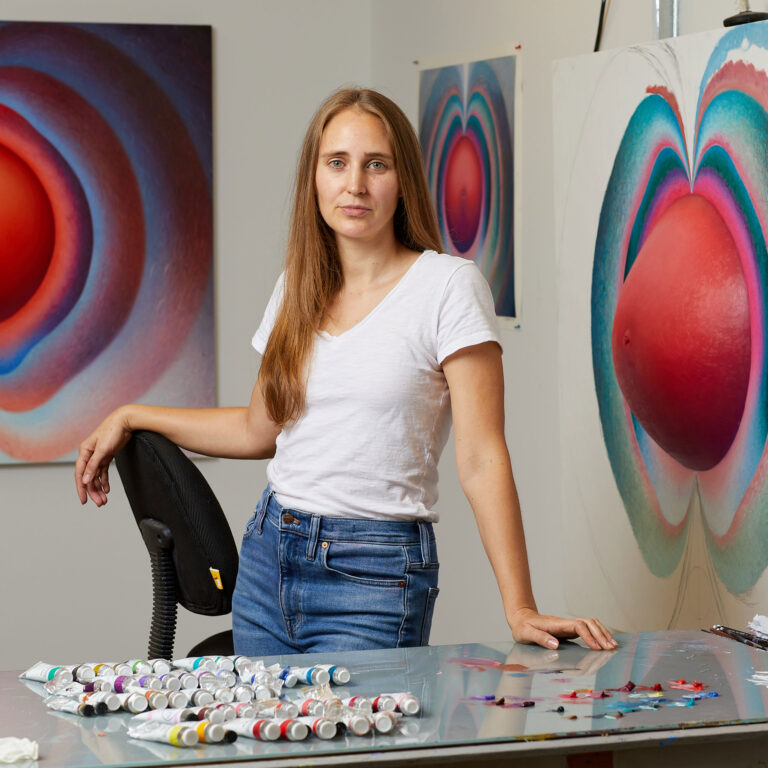
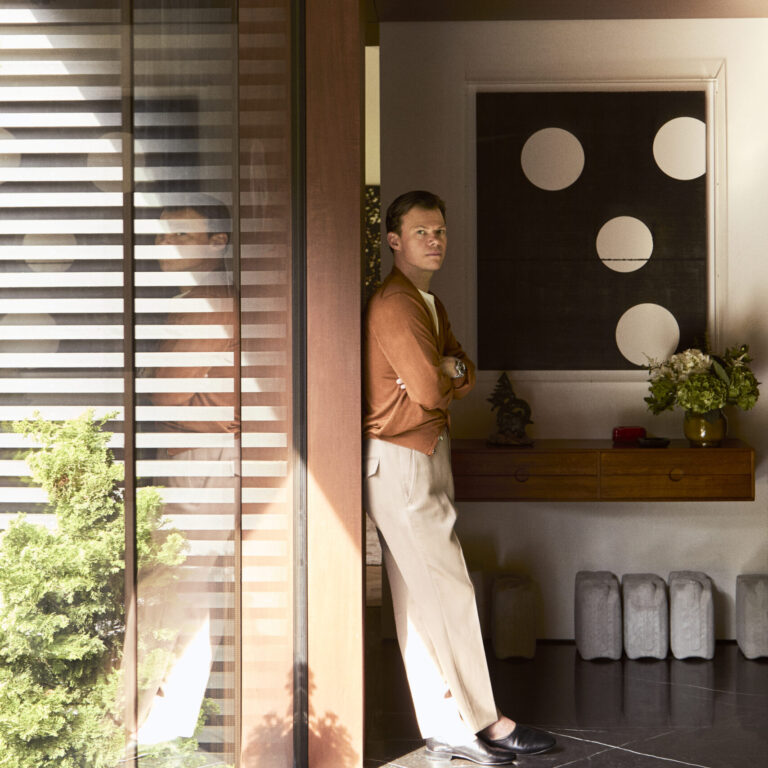

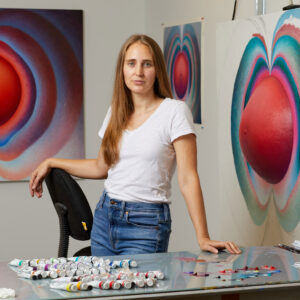



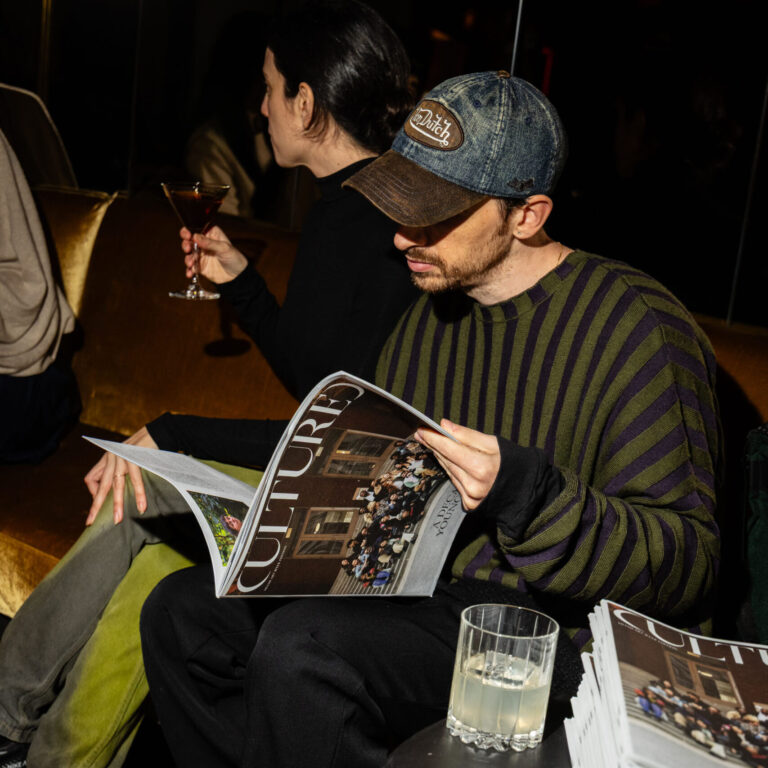

 in your life?
in your life?

